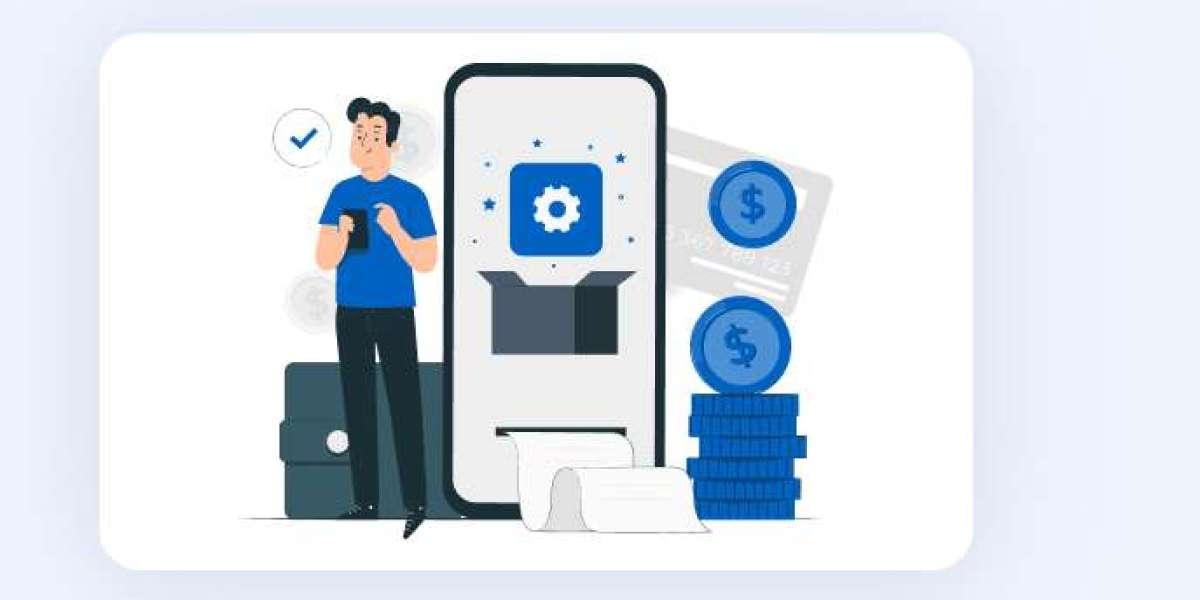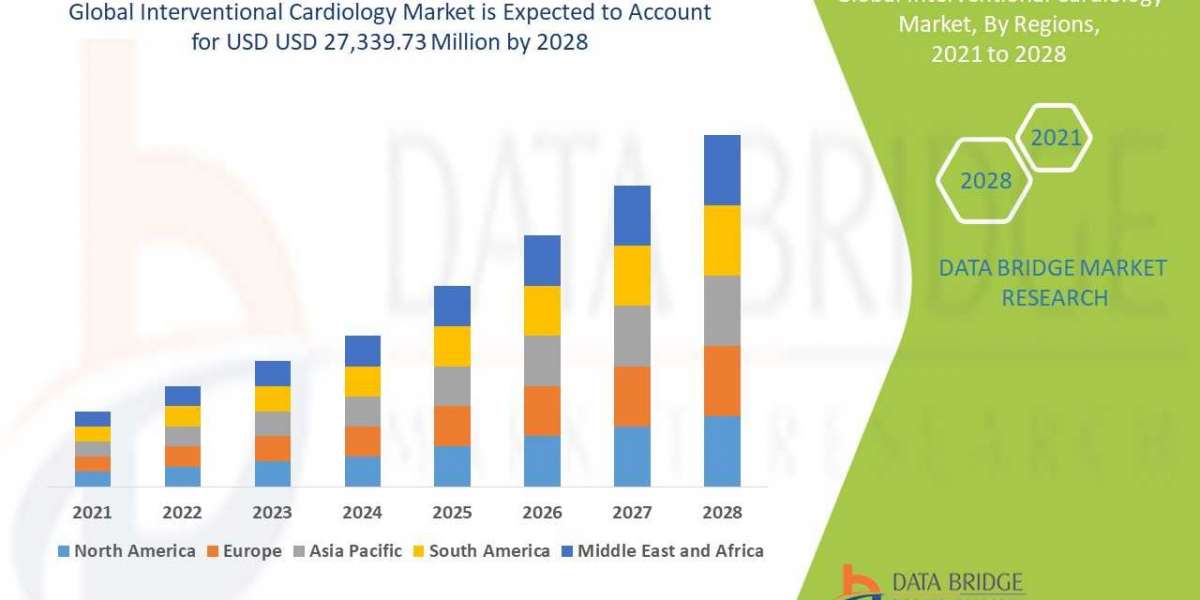Introduction
In today's digital age, having a mobile application for your business or idea can be a game-changer. However, many entrepreneurs are deterred by the perceived high cost of app development. In this comprehensive guide, we'll explore cost-effective strategies for creating your own app, breaking down the expenses and offering valuable insights to help you navigate the process.
1. Understanding the Basics of App Development
Embarking on the journey of app development requires a solid understanding of the basics. From conceptualization to deployment, each stage demands meticulous attention to detail.
App Development Lifecycle: App development consists of several phases, including ideation, design, development, testing, deployment, and maintenance. Familiarizing yourself with these stages is crucial for effective planning and budgeting.
2. Factors Influencing App Development Costs
Several factors influence the cost of app development, making it essential to consider each aspect carefully. By understanding these factors, you can make informed decisions to optimize your budget.
Factors to Consider:
- Complexity of the App: The complexity of features and functionalities significantly impacts development costs.
- Platform Compatibility: Developing for iOS, Android, or both affects expenses due to variations in coding requirements.
- Design Elements: Custom designs and intricate animations may incur additional costs.
- Backend Infrastructure: Integration with databases, servers, and APIs adds to development expenses.
- Maintenance and Updates: Factoring in ongoing maintenance and updates is essential for long-term viability.
3. DIY App Development Platforms
For budget-conscious entrepreneurs, do-it-yourself (DIY) app development platforms offer a cost-effective solution. These user-friendly tools empower individuals with limited technical expertise to create functional apps without hefty upfront investments.
Benefits of DIY Platforms:
- Cost-Effective: DIY platforms eliminate the need for hiring developers, significantly reducing expenses.
- User-Friendly Interface: Intuitive drag-and-drop interfaces simplify the app creation process.
- Quick Deployment: With pre-built templates and modules, apps can be developed and deployed rapidly.
4. Outsourcing vs. In-House Development
When considering app development options, businesses must weigh the pros and cons of outsourcing versus in-house development. Each approach has its advantages and challenges, impacting the overall cost and quality of the final product.
Outsourcing:
- Cost Savings: Outsourcing to offshore development teams often yields substantial cost savings.
- Access to Expertise: Leveraging the expertise of seasoned developers can result in higher-quality apps.
- Communication Challenges: Overcoming language barriers and time zone differences may pose communication challenges.
In-House Development:
- Full Control: In-house development grants businesses full control over the development process and timelines.
- Higher Costs: Hiring and retaining skilled developers can be expensive, increasing overall development costs.
- Longer Timeframes: Building an in-house team and infrastructure may extend the development timeline.
5. Leveraging Open-Source Technologies
Open-source technologies provide a cost-effective alternative to proprietary software solutions. By leveraging community-driven resources and frameworks, businesses can reduce development costs while maintaining flexibility and scalability.
Advantages of Open-Source Technologies:
- Cost Savings: Open-source software is typically free to use, minimizing licensing fees and development costs.
- Community Support: Access to a vibrant community of developers facilitates troubleshooting and knowledge sharing.
- Customization Options: Open-source frameworks offer extensive customization options to tailor solutions to specific requirements.
6. Cost Optimization Strategies
Even with a limited budget, there are several strategies to optimize app development costs without compromising quality. By adopting a strategic approach and prioritizing essential features, businesses can achieve their objectives within budgetary constraints.
Cost Optimization Tips:
- Minimum Viable Product (MVP): Launching an MVP with core features allows for iterative development based on user feedback.
- Agile Methodology: Embracing agile development methodologies promotes efficiency and flexibility throughout the development process.
- Cloud Services: Leveraging cloud infrastructure and services minimizes upfront hardware and maintenance costs.
FAQs (Frequently Asked Questions)
How much does it cost to create an app? The cost of creating an app varies depending on factors such as complexity, features, platform compatibility, and development approach. DIY platforms offer budget-friendly options, while outsourcing to offshore teams can yield significant cost savings.
What are some cost-saving strategies for app development? Cost-saving strategies for app development include leveraging DIY platforms, outsourcing to offshore teams, embracing open-source technologies, and adopting agile development methodologies. Prioritizing essential features and launching a minimum viable product (MVP) can also help optimize costs.
Is it possible to create an app on a limited budget? Yes, it is possible to create an app on a limited budget by adopting cost-effective strategies such as DIY development platforms, outsourcing to offshore teams, and leveraging open-source technologies. Prioritizing features and functionalities based on budget constraints is key to achieving success within financial limitations.
What are the benefits of outsourcing app development? Outsourcing app development offers several benefits, including cost savings, access to expertise, and scalability. By partnering with offshore development teams, businesses can leverage specialized skills and resources while minimizing overhead costs associated with in-house development.
How can businesses ensure the cost-effectiveness of app development? Businesses can ensure the cost-effectiveness of app development by prioritizing essential features, embracing agile methodologies, and leveraging cost-saving technologies such as open-source frameworks and cloud services. Regular monitoring and optimization of development processes are also essential for maximizing ROI.
What role does MVP play in app development cost management? Launching a minimum viable product (MVP) allows businesses to validate their app concept with minimal investment. By focusing on core features and functionalities, businesses can reduce development costs and gather valuable user feedback to inform future iterations. MVPs also enable agile development practices, promoting cost-effective iteration and refinement.
Conclusion
Creating a successful app doesn't have to break the bank. By leveraging cost-effective strategies such as DIY platforms, outsourcing, and open-source technologies, businesses can bring their app ideas to life within budgetary constraints. With careful planning, strategic decision-making, and a focus on essential features, entrepreneurs can embark on their app development journey with confidence.








